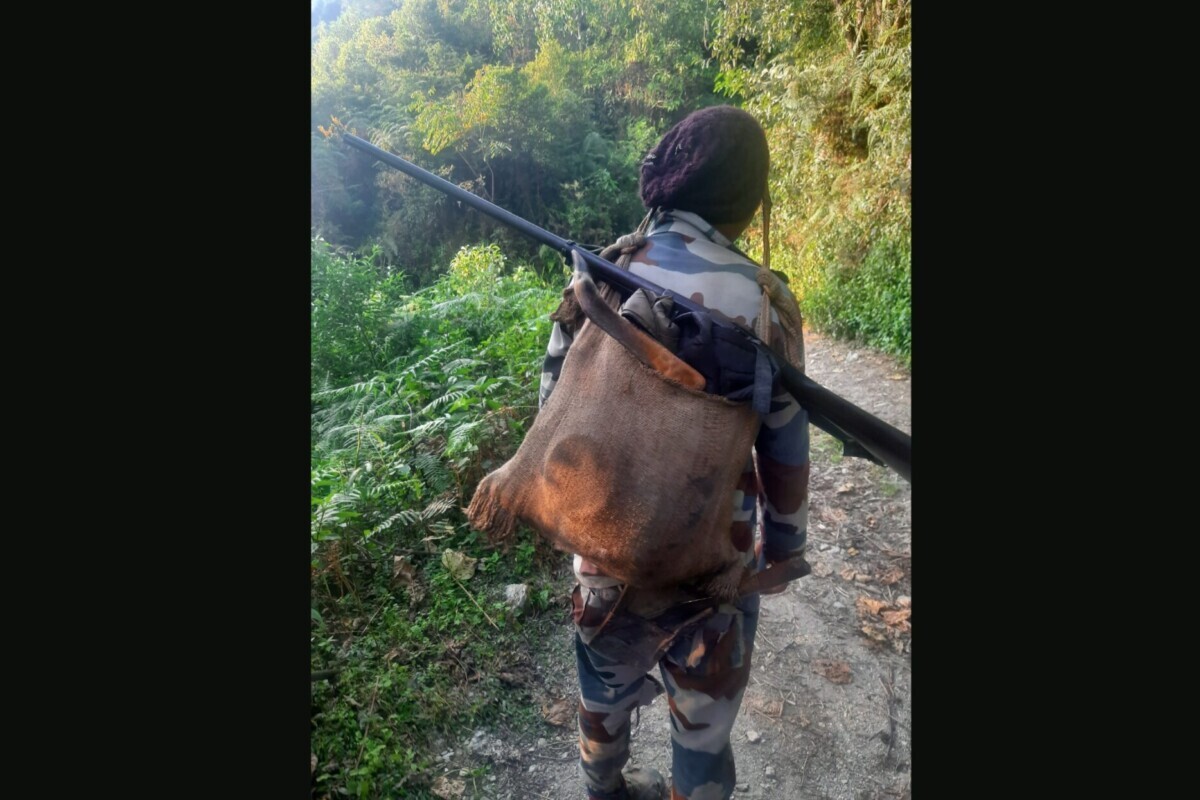Among Indigenous Naga tribes in India’s northeastern state of Nagaland, hunting traditions are transforming as cheap homemade guns make targeting commercially valuable large mammals easier, a recent study finds. “Indigenous hunting preferences are rooted in cultural traditions but have evolved under the influence of economic pressures and environmental changes,” Satem Longchar, conservation ecologist and the study’s lead author, told Mongabay by phone. “The use of modern weapons like cheap homemade firearms has increased the efficiency of hunting, resulting in a decline in wildlife.” Indian laws prohibit wildlife hunting, but they’re mostly ineffective in Nagaland, where Indigenous tribes manage around 88% of the state’s forest, the paper notes. To better understand how and what the communities hunt and how they perceive wildlife conservation, the researchers interviewed 45 hunters across 10 villages around two areas: Khelia Community Forest in eastern Nagaland and Intangki National Park. The team also installed 156 camera traps in both forests. The interviews revealed that 78% of the hunters owned cheap, homemade firearms for hunting, using them along with traditional methods such as snares, traps, bows and plant poisons. Meanwhile, the cameras photographed 31 species of wild mammals. While the hunters said they hunt all these species, they primarily target large-bodied mammals, including barking deer (Muntiacus muntjak), wild boar (Sus scrofa), Asiatic black bears (Ursus thibetanus) and sun bears (Helarctos malayanus). These are valued both for consumption and sale. Some 87% of the hunters reported a decline in wild animals over the period they’ve been hunting. “With…This article was originally published on Mongabay
From Conservation news via this RSS feed


